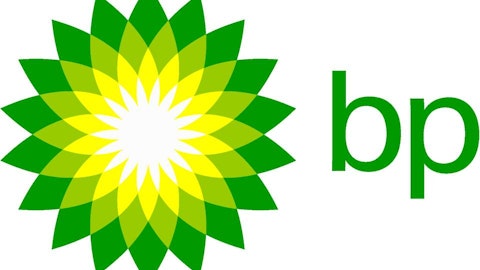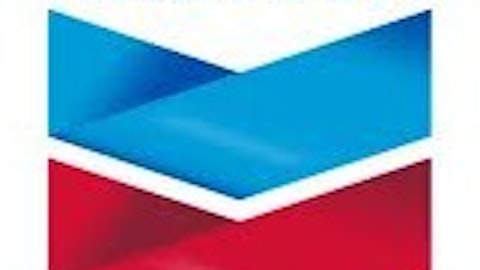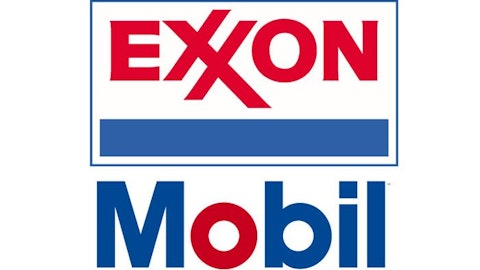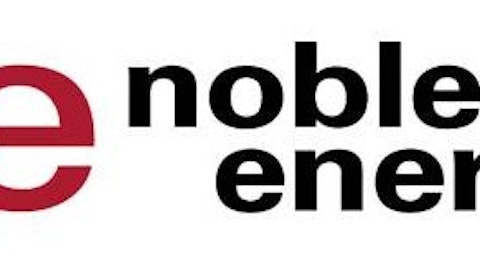So, you’ve decided to reexamine your investment portfolio, with a particular eye toward updating its energy names. Amid the market’s heightened crankiness, you’ve also determined that adding or increasing the presence of at least one of the U.S.-based majors makes sense. But which is preferable, Exxon Mobil Corporation (NYSE:XOM), the larger of the two, or its California-based competitor, Chevron Corporation (NYSE:CVX) ?
That’s a tough query, one that investors face frequently. Especially given the size, scope, geographic diversity, and general complexity of the two companies, there are a number of factors that must be taken into account in deciding between them. That being the case, let’s take a quick look as some of the issues you probably should include in making your selection.
The production key
A key consideration in looking at oil and gas companies — majors or independent producers alike — involves production trends, especially as they relate to new discoveries. In the most recent quarter, for instance, Chevron Corporation (NYSE:CVX)’s production was slightly higher year over year, while Exxon Mobil Corporation (NYSE:XOM)’s output was somewhat lower. But one quarter’s production is, by definition, simply a single data point.
More important is a company’s reserve replacement ratio (RRR). That’s the amount of oil and gas added to reserves, relative to production, in a given year. For 2012, since reserve replacement calculations are somewhat inexact, the two companies’ performances were about comparable, with Exxon Mobil Corporation (NYSE:XOM) replacing 115% of its production while Chevron Corporation (NYSE:CVX)’s RRR was 112%.
The five-year plans
Looking ahead — the important direction in considering investments — both companies have unveiled robust development plans. Exxon management told us in March that the company will spend about $190 billion during the next five years on a host of projects worldwide. The 28 additions that are in the hopper, most of which are liquids-related, are expected to add about a million oil-equivalent barrels to the company’s production between this year and 2017.
Chevron Corporation (NYSE:CVX) expects to spend about $36.7 billion on capital projects this year, with 90% of that amount heading upstream. Assuming five years at that level, the company’s outlays through 2017 would spend about $183.5 billion. Also during the next half-decade, Chevron Corporation (NYSE:CVX) anticipates that 50 projects, each costing at least $250 million — of which 16 will top $1 billion — will come on stream.
A key objective at Chevron is a production rate of 3.3 billion barrels of oil equivalent production daily by 2017. In the first quarter of this year, the company averaged 2.65 million equivalent barrels per day.
Where you’ll find them
While Exxon Mobil Corporation (NYSE:XOM) operates in about 40 countries worldwide, it points to West Africa, the Caspian, the Gulf of Mexico, the Middle East, and Australia as its primary locations. You’ve likely also noted that the company is in the early stages of a reciprocal agreement with Russia’s big oil company Rosneft to partner up in the Russian Arctic, the Black Sea, the U.S. Gulf of Mexico, onshore in the U.S., and Canada. Is this a good deal for the Texas-based company?
Maybe. But last week Bloomberg quoted an analyst as observing that “… the risk of investing in companies controlled the Russian government, where the goals of the state may be put before shareholders helps explain Rosneft’s discount to international companies.” It’s an observation that may ultimately apply to the new Exxon-Rosneft arrangement.
Chevron key locations include Australia — where it’s the big enchilada in an area of rapidly expanding LNG operations — West Africa, the U.S. Gulf of Mexico, and Kazakhstan. It’s teeing up new or expanded activities in Argentina, Canada, the Kurdistan region of Iraq, and the South China Sea. It’s also noteworthy that Chevron is the only major international company working upstream in Saudi Arabia.





